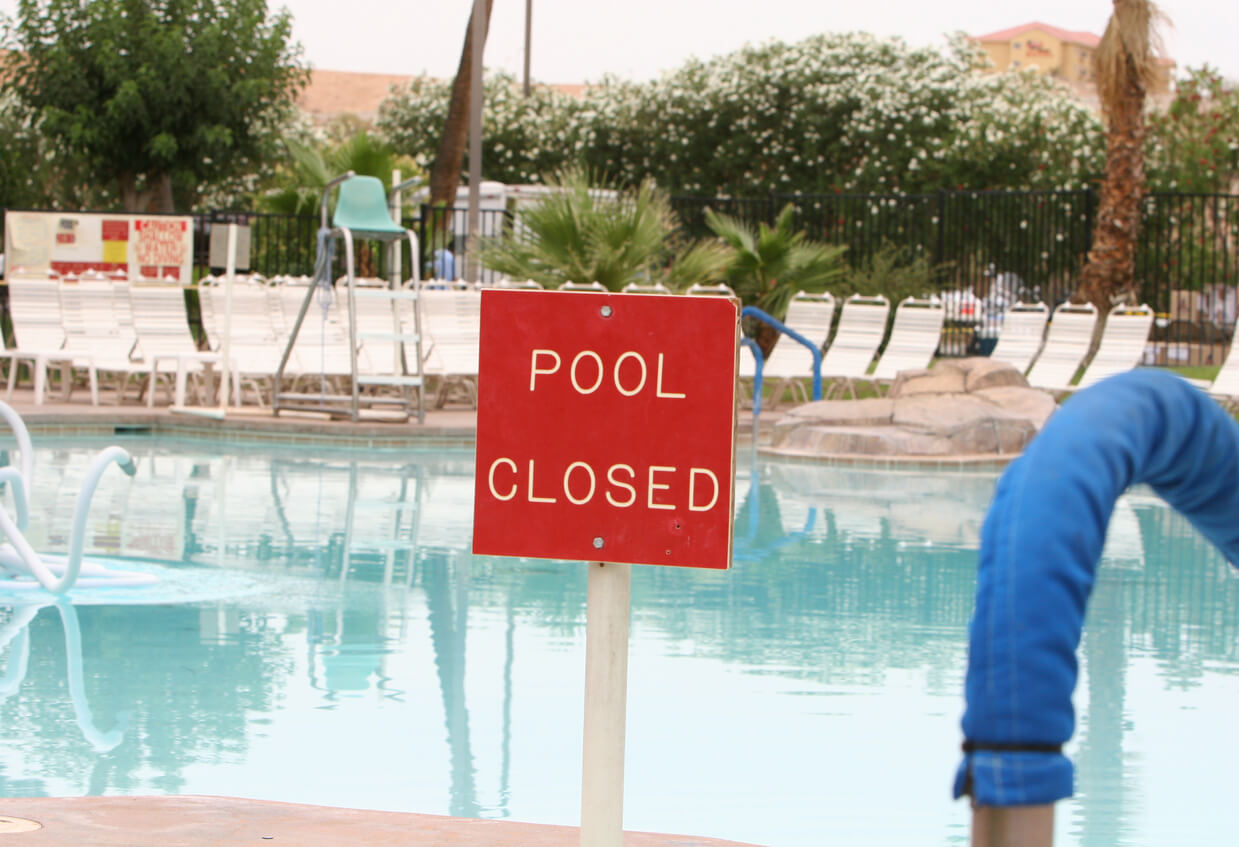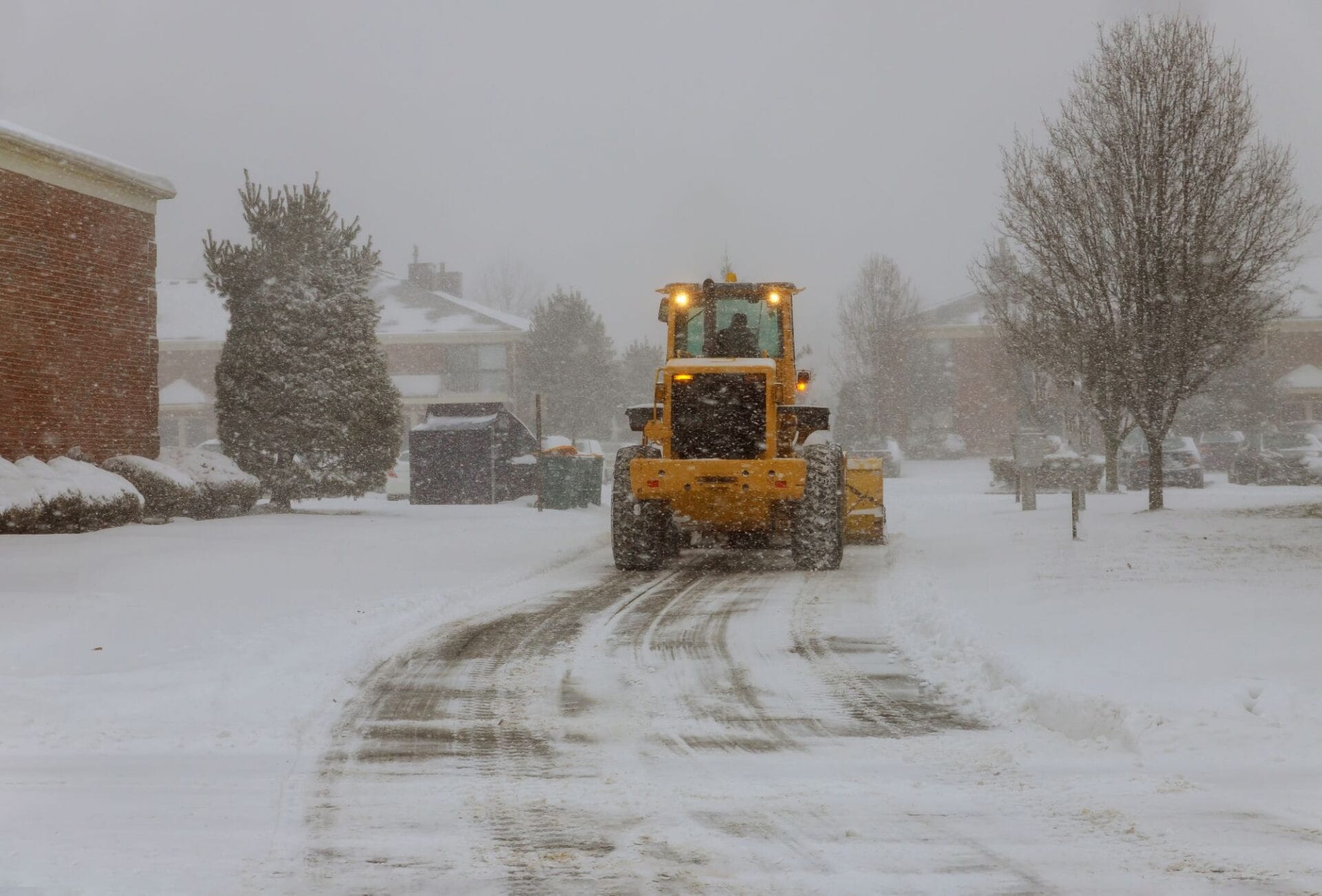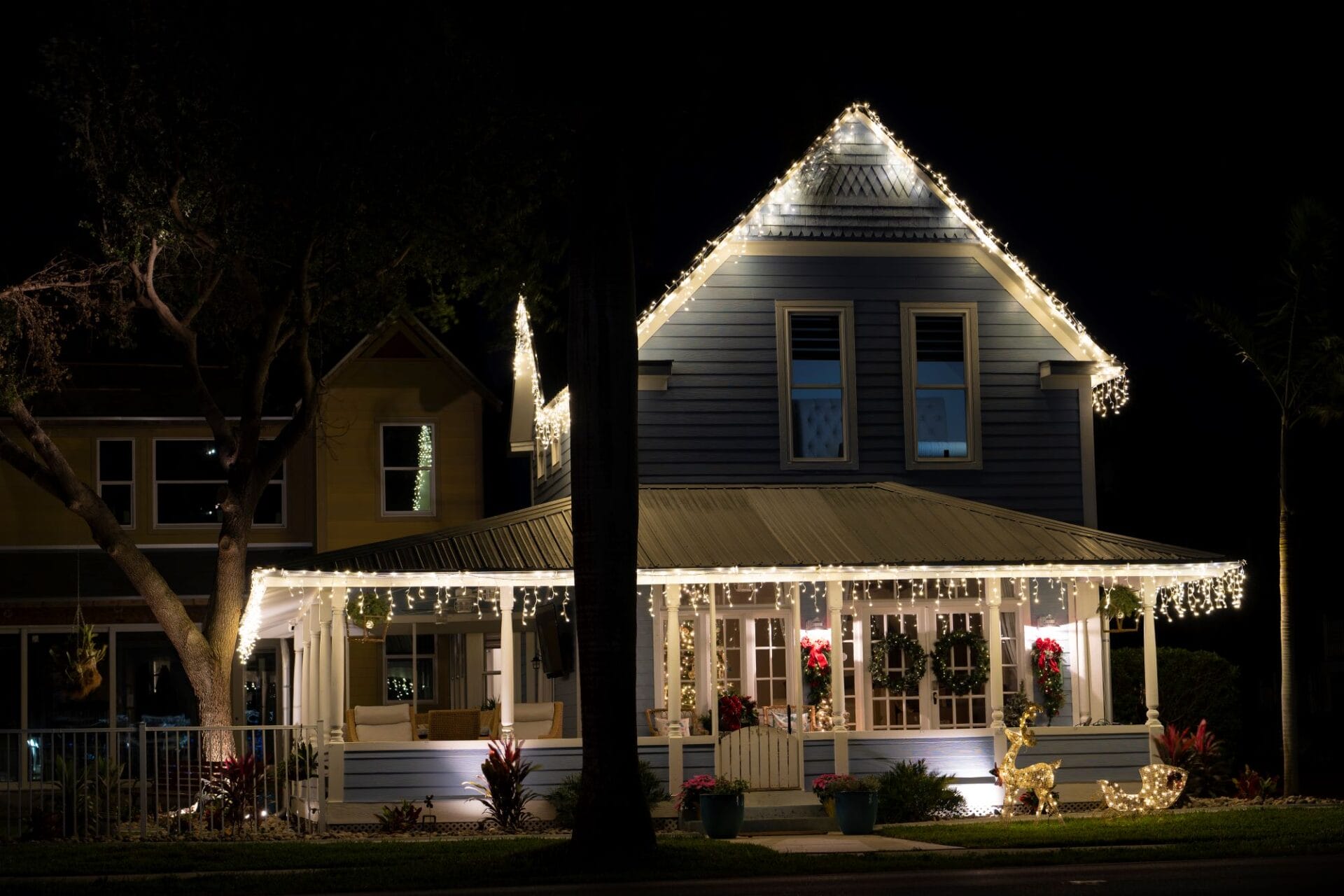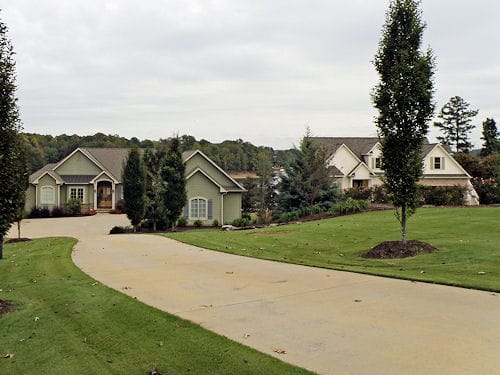We recently published an article on how communities can speed up maintenance projects. In this article, we’ll look at how long some common maintenance jobs should take to complete.
Table of contents
- The obligation to maintain the property
- Defining maintenance obligations
- Why timelines matter
- How long should HOA repairs take?
The obligation to maintain the property
HOAs have an obligation to maintain certain parts of the development. They must set aside a portion of the dues or fees collected from owners to pay for big and small maintenance projects. If the association fails to meet those obligations, it not only creates safety problems for members, but legal issues for the association as well.
If members feel that the board is not properly caring for the property, they can write official complaints, vote to remove board members, or even sue the HOA.
Maintenance must be taken seriously, but it is far easier to manage when you have a system or solution that enables you to organize components, schedule/assign work, and track tasks.
Defining maintenance obligations
The maintenance responsibilities of an association versus those assigned to individual owners depend primarily on whether the item or equipment is classified as part of a common area, exclusive use common area, or separate interest.
Common areas typically refer to shared spaces such as pools, sidewalks and roads. Exclusive use common areas are spaces or elements used by one or more, but fewer than all, of the owners. Separate interests are the separately owned lots belonging to members.
While some maintenance obligations are quite clear, others can be a little murky. This is especially true with exclusive common areas since they tend to be things like patios and windows. Roof maintenance may also be confusing; some HOAs cover roof repairs while others do not.
The association’s CC&Rs should detail maintenance obligations and define who is responsible for what. But if there is some uncertainty, boards are advised to refer to civil codes and/or consult with the HOA’s attorney.
Why timelines matter
There are several reasons why time matters when it comes to maintenance projects. The main one is so staff and management can plan for disruptions and costs. However, there are times when maintenance work will impact owners, and they will also need to know approximately how long the work will impact their day-to-day lives.
For example, if a parking lot is being repaved, owners will need to be informed of the work, they will need to move their vehicles before the work begins, and know how long they will have to find temporary parking.
Contractors can’t know for sure how long maintenance work will take to complete, but they should be able to provide an educated estimate. Tracking the time it takes for professionals to complete routine and unplanned maintenance is another good way to predict future repair timelines. Having this knowledge allows those responsible for setting up maintenance work to complete projects with more confidence (plus they’ll know if a vendor is taking too long to complete certain jobs).
How long should HOA repairs take?
There is no way to know for sure how long any maintenance project will take. Even a standard preventative maintenance job can become lengthy if a contractor discovers additional damage to an element. Other factors, including availability of materials, permit requirements, complexity of the project, size of the community, and weather will all impact the timeline of a project.
That being said, below are some estimates of how long common HOA maintenance work takes to complete.
To get a more accurate time estimate, speak with a contractor or repair expert. They will be able to look at the specific qualities of your community and provide you with a realistic timeline.
Pool repairs
There are many different types of pool repairs. Some can be completed in a couple of hours while others will take several days.
A simple structural leak generally takes a day or two of work. Half a day is needed to complete the first step of a crack injection repair, and another half day is required to “staple” the cracks together and plaster the damaged area.
If your pool has a heater and the warming system breaks, the entire pool may be shut down for a week. The heater can be replaced in a day, but it could take longer. After the new pool heater is installed, it might be another three days before the pool is warm enough to use again.
Most plumbing leaks can be resolved in two days, but the time it takes to fix a pool leak from plumbing can vary according to the extent of the damage.
Pool resurfacing involves the removal and replacement of the top layer of the pool surface. This may be done to give the pool a clean fresh look, or to address several small cracks. In general, this renovation process takes one to three weeks.
Water/electricity lines
A water line is an underground pipe that transports water from a water source to a home’s or building’s service pipe. These pipes typically run beneath sidewalks and streets.
A water line pipe might crack, allowing water to spill out. This can cause many issues, including unsanitary water, higher water bills, low water pressure, and floods.
Due to the severity of this problem, a water main break needs immediate attention. Plumbing technicians will need to turn the water off while they repair the break. Once the pipe is in working order, they will flush it before reconnecting it to the plumbing system.
The good news is this type of repair only takes between four and eight hours.
If an electricity line goes out due to weather, it can generally be restored in a couple of hours. However, if an entire pole comes down, the outage could easily last a full day.
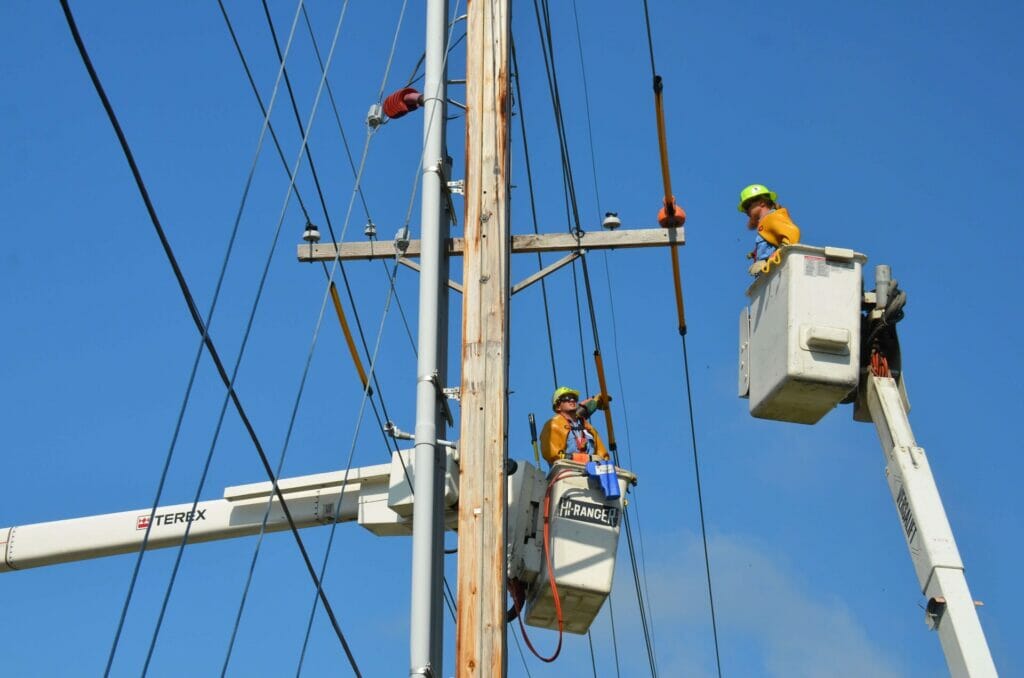
Roofs
In many cases, HOAs have delegated the responsibility of maintaining roofs to the individual owners. But if the association covers the costs of repairs, expect each home to take up 1-3 days of the contractors’ time. More complex designs and materials will add time to that estimate.
Gutters and downspouts
Routine maintenance of gutters and downspouts prevents more serious water damage from occurring. Like roofs, many HOAs have stated that owners are responsible for maintaining these items.
Minor gutter repairs can be completed in as little as one to two hours. Partial replacements can take two to four hours, and full replacements can take two to three days of work.
The timing is similar for downspout repairs and replacements.
Parking lots
Most HOAs can complete routine parking lot maintenance in two to three weeks, but timing will vary depending on the size of the lot and weather conditions.
Paving can take less than a week, but keep in mind that proper curing (letting the asphalt cool and settle) is an important part of the process as well. Depending on the size of the parking lot, thorough curing can take anywhere from one to two weeks.
General landscaping
While not a traditional repair, landscaping is a maintenance job that can be hard to plan for, at least the first couple of times. The size of the property, availability of materials, and weather conditions can greatly impact the time it takes to finish the job. Once you have found a landscaper that you like, you will become more familiar with the time it takes to do certain jobs.
From start to finish, most projects fall into the two- to three-week range, but cutting grass or trimming plans can take half a day.
Conclusion
HOAs have an obligation to maintain certain areas of the development. By scheduling routine maintenance, associations help prolong the useful life of elements and components, and keep the community safe and attractive too.
It’s important for staff, board members and management to have repair timelines so that they can budget for costs and time accordingly. While projects don’t always go according to plan, just having a guideline allows them to manage expectations more effectively.
